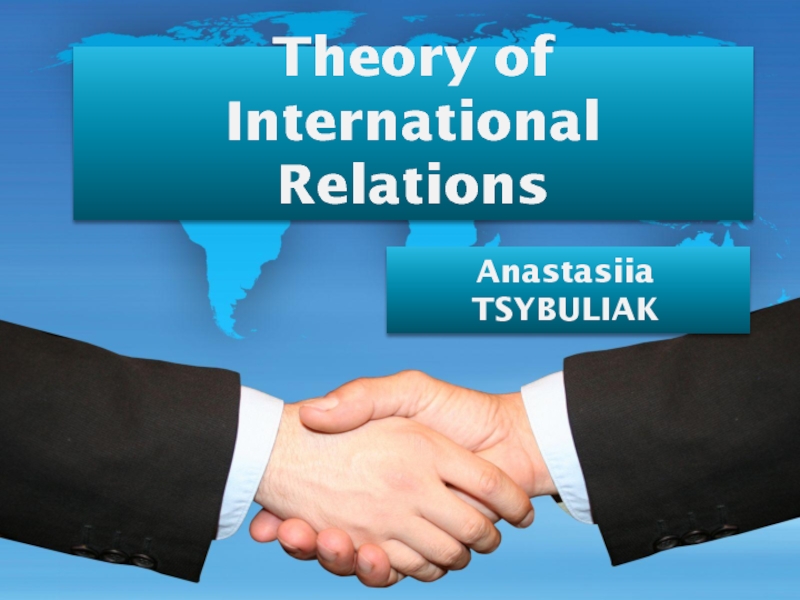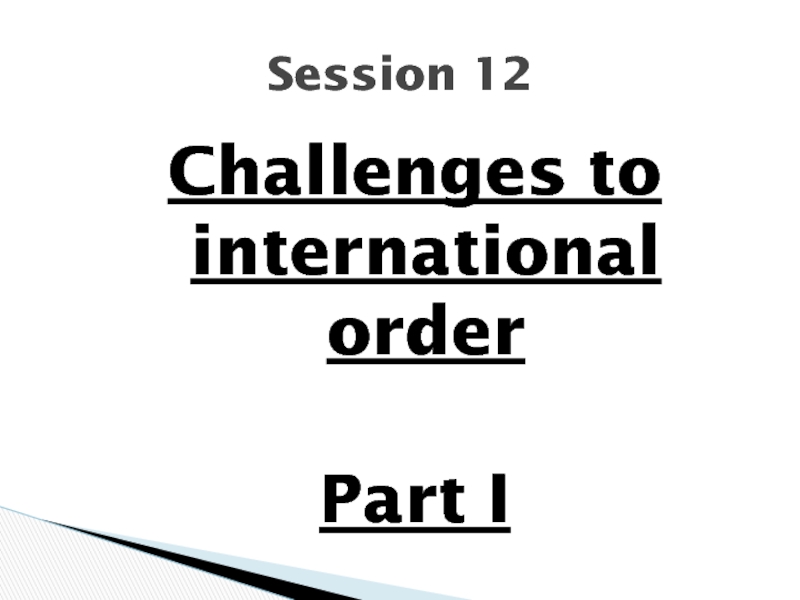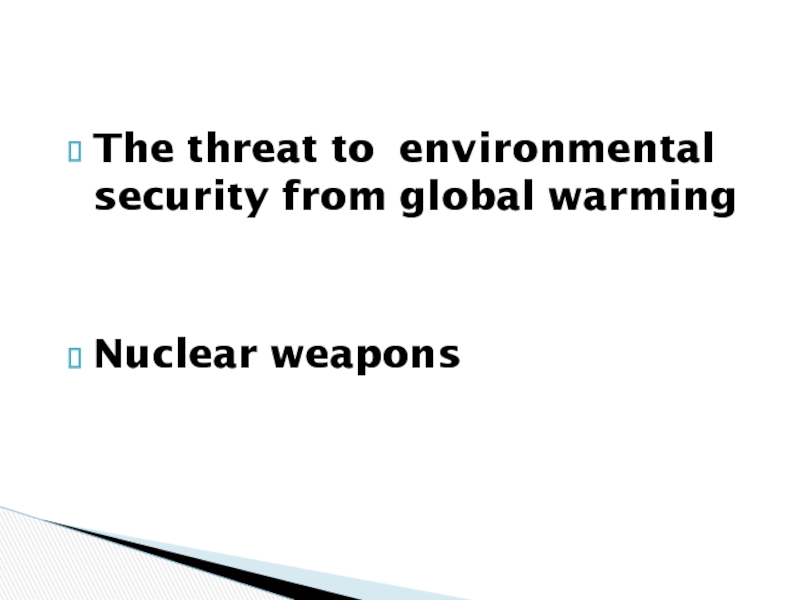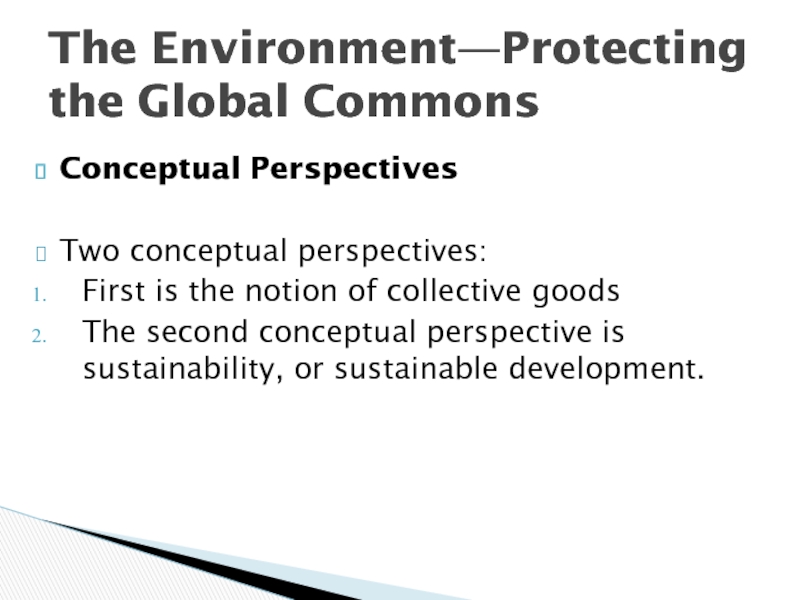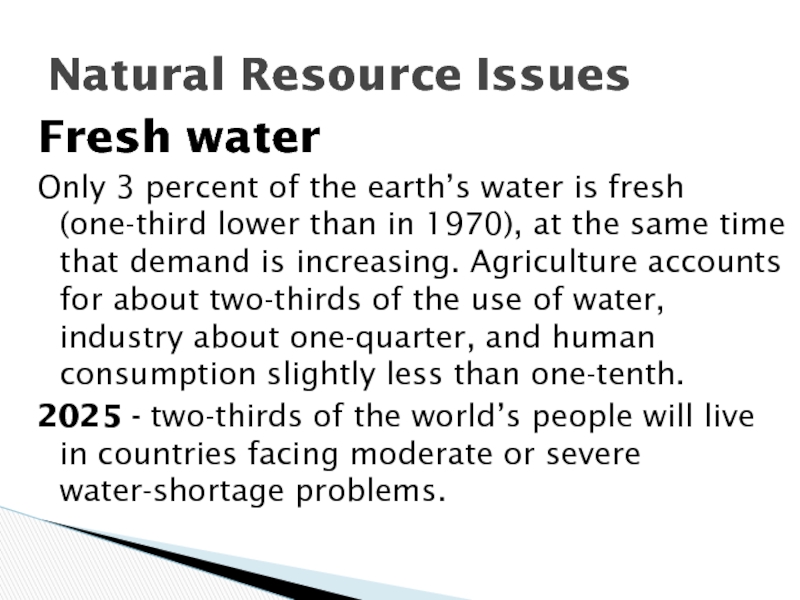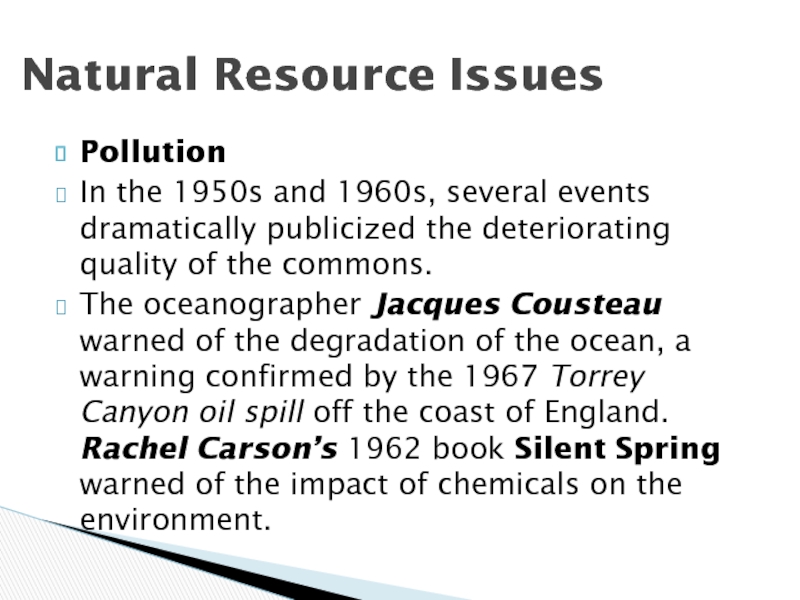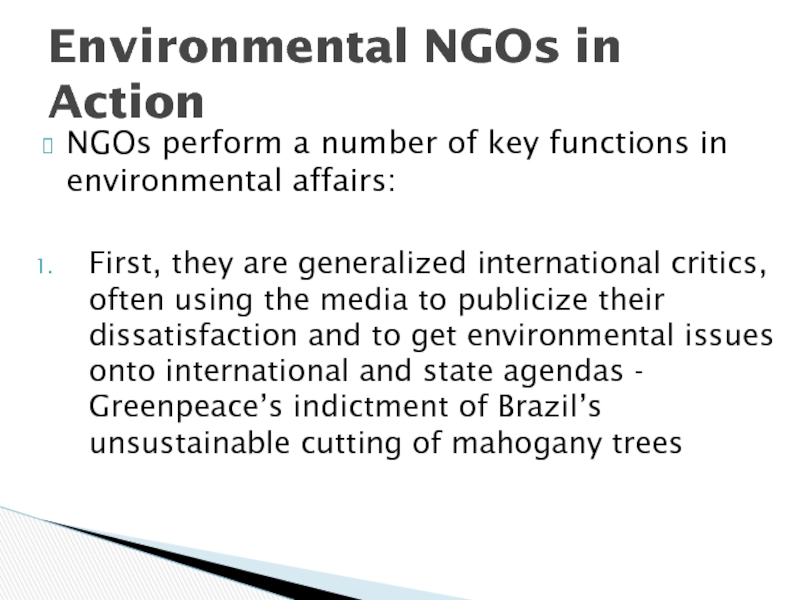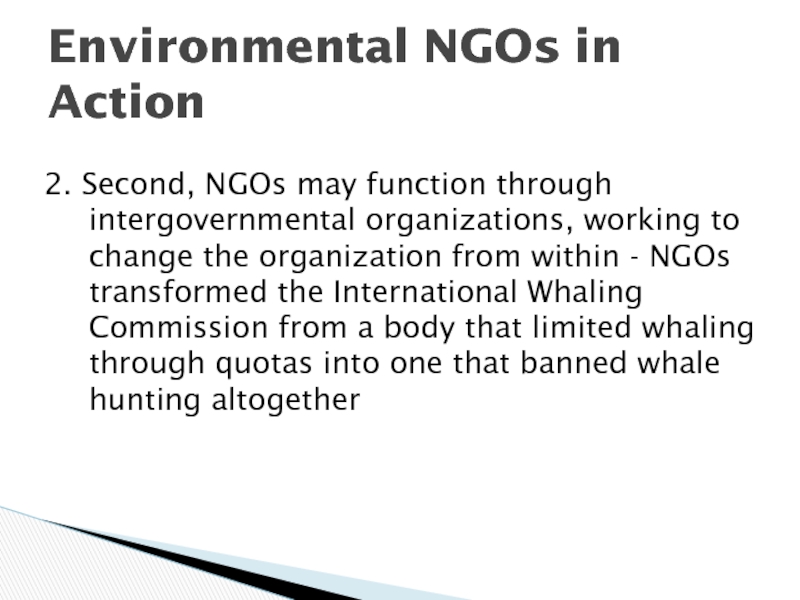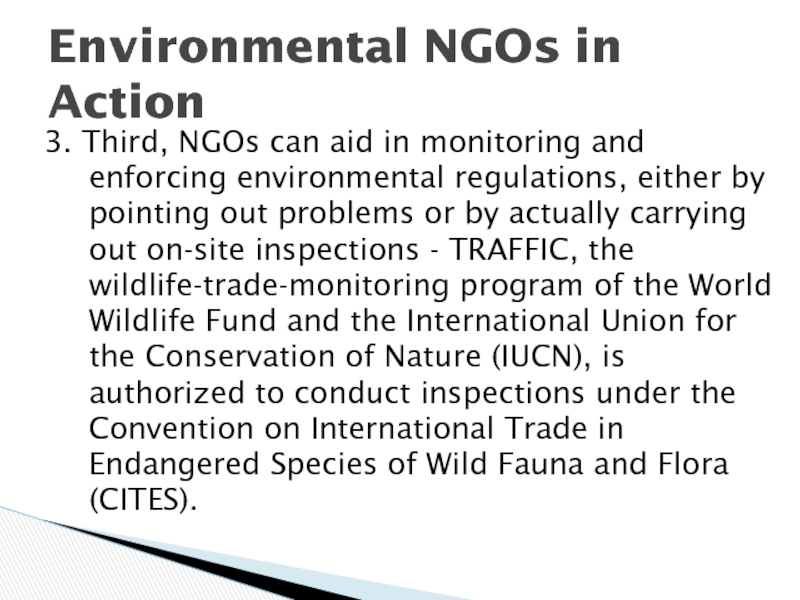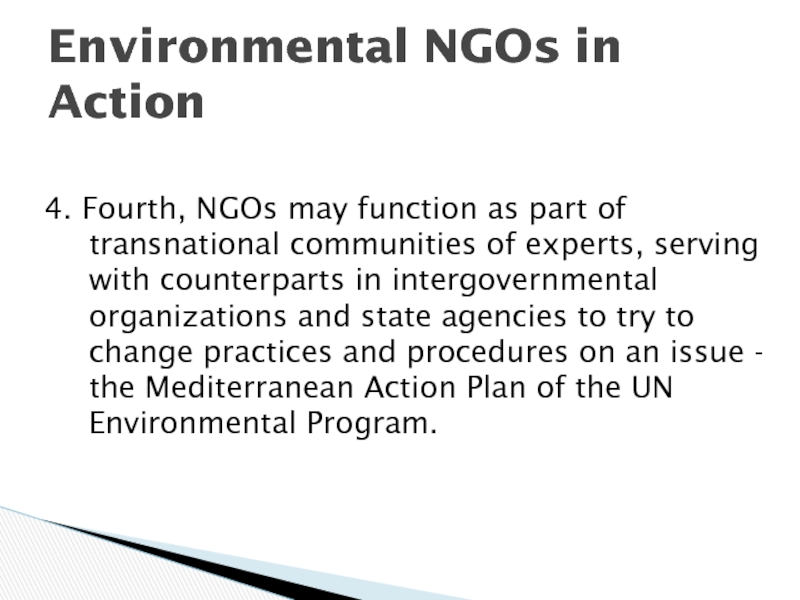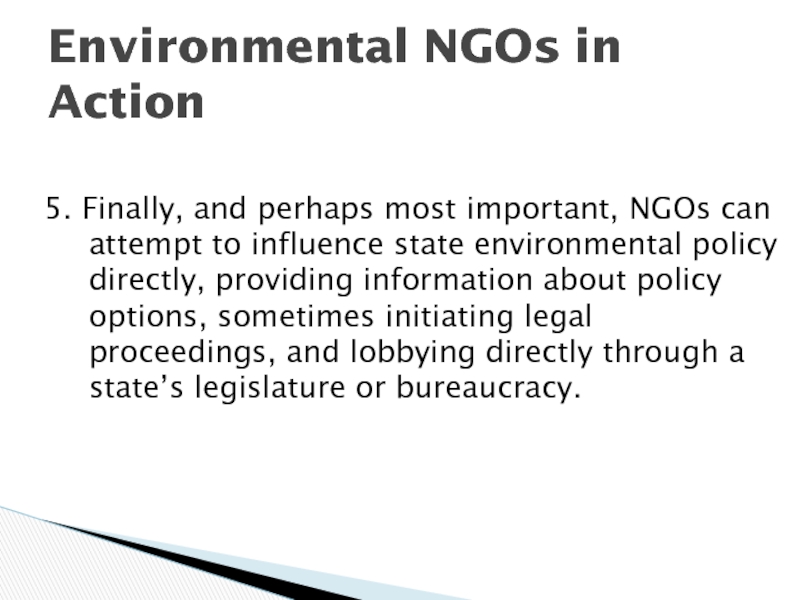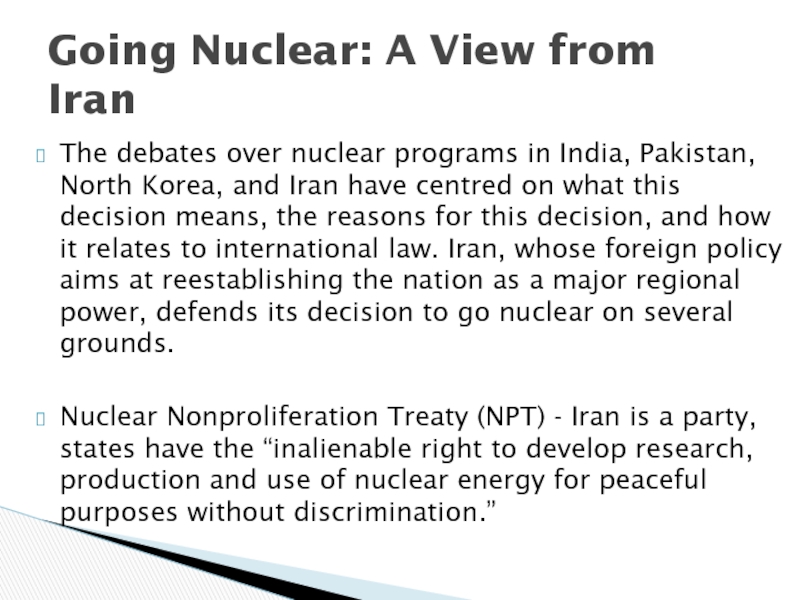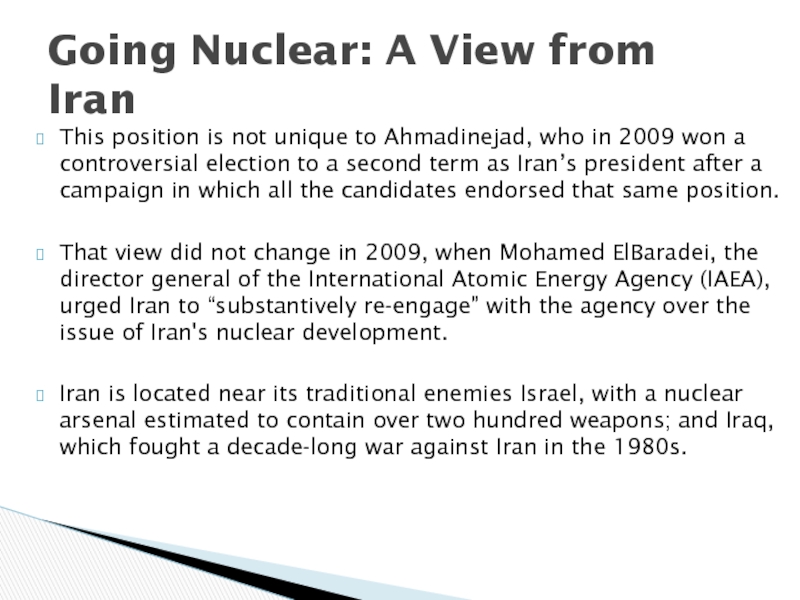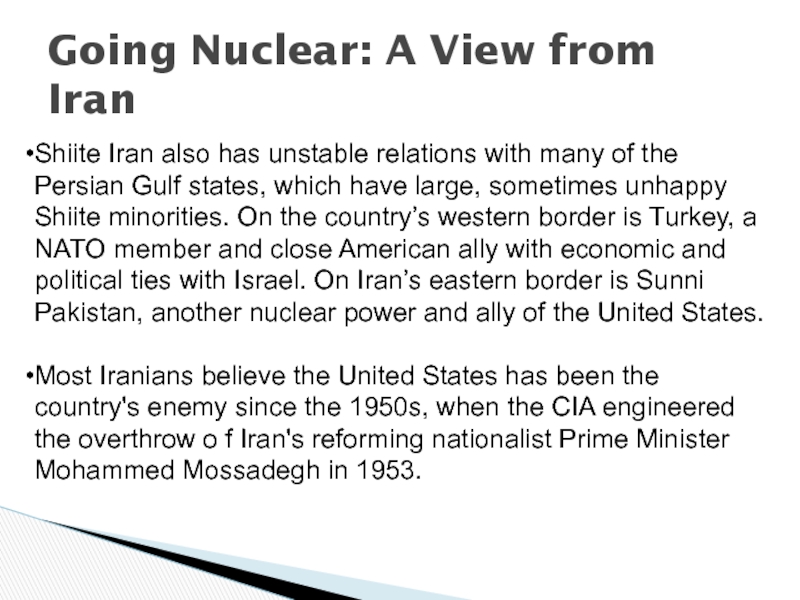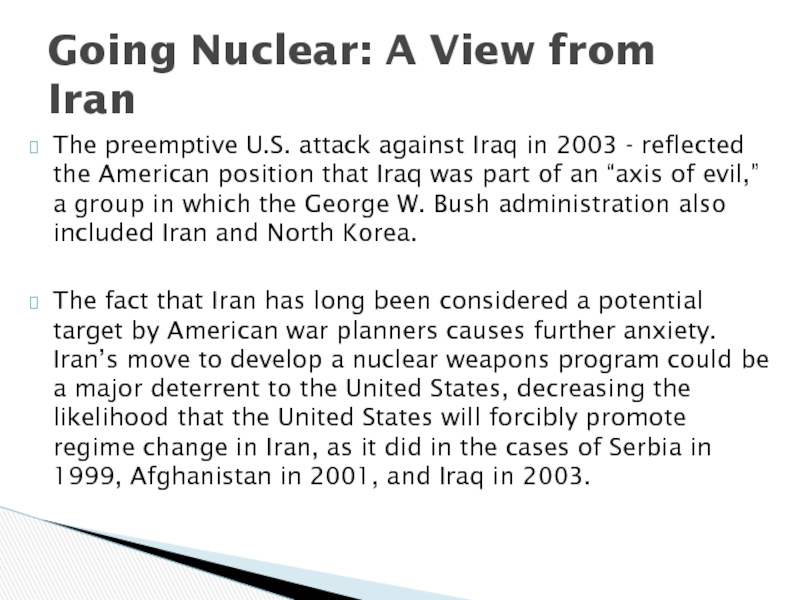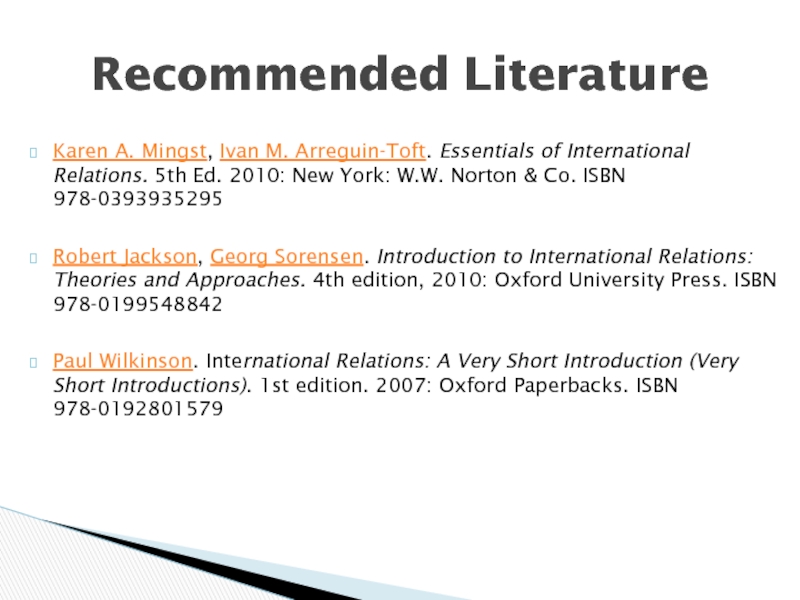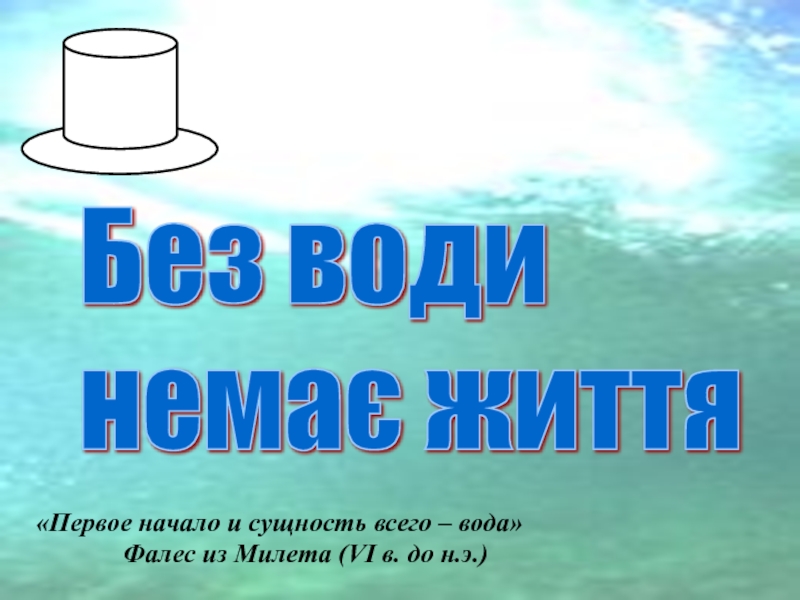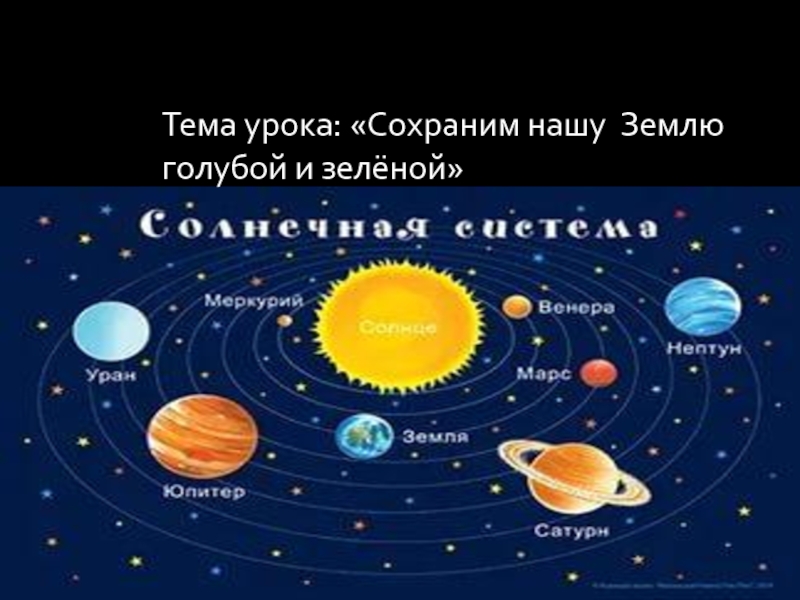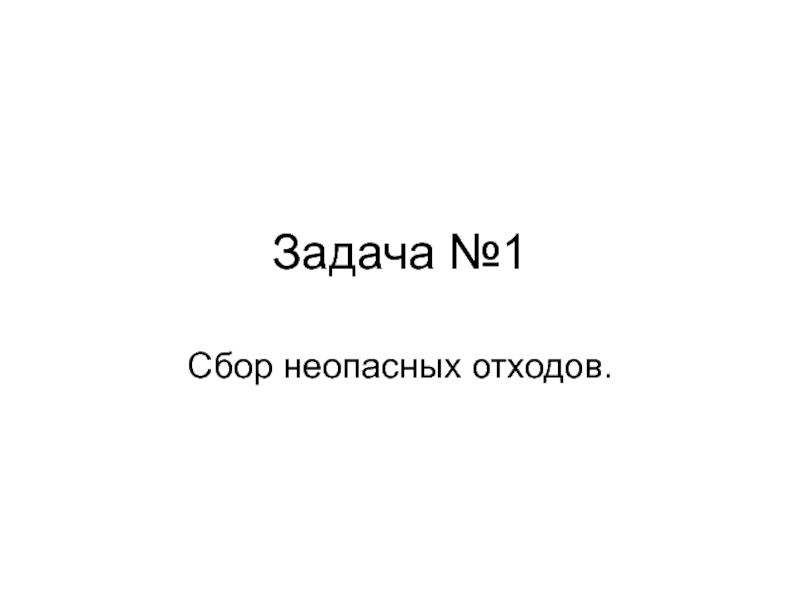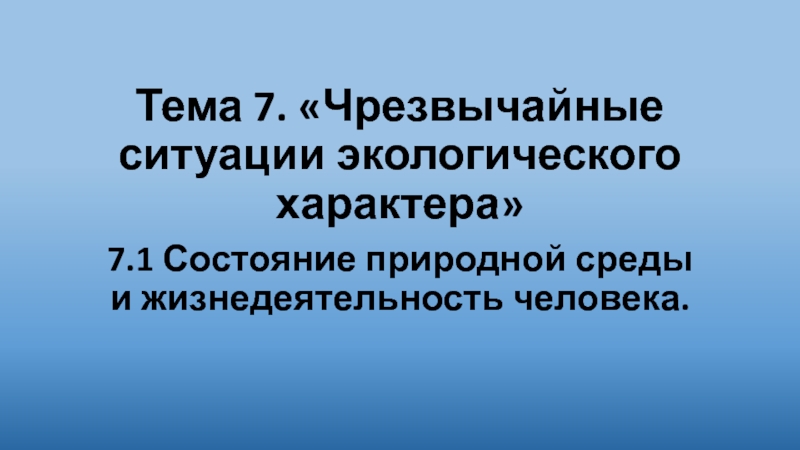- Главная
- Разное
- Дизайн
- Бизнес и предпринимательство
- Аналитика
- Образование
- Развлечения
- Красота и здоровье
- Финансы
- Государство
- Путешествия
- Спорт
- Недвижимость
- Армия
- Графика
- Культурология
- Еда и кулинария
- Лингвистика
- Английский язык
- Астрономия
- Алгебра
- Биология
- География
- Детские презентации
- Информатика
- История
- Литература
- Маркетинг
- Математика
- Медицина
- Менеджмент
- Музыка
- МХК
- Немецкий язык
- ОБЖ
- Обществознание
- Окружающий мир
- Педагогика
- Русский язык
- Технология
- Физика
- Философия
- Химия
- Шаблоны, картинки для презентаций
- Экология
- Экономика
- Юриспруденция
Challenges to international order презентация
Содержание
- 1. Challenges to international order
- 2. Challenges to international order Part I Session 12
- 3. The threat to environmental security from global warming Nuclear weapons
- 4. Conceptual Perspectives Two conceptual perspectives:
- 5. Population Issues Recognition of the
- 6. Population Issues
- 7. Fresh water Only 3 percent of the
- 8. Natural Resource Issues Pollution In the 1950s
- 9. NGOs perform a number of key functions
- 10. 2. Second, NGOs may function through
- 11. 3. Third, NGOs can aid in monitoring
- 12. 4. Fourth, NGOs may function as part
- 13. 5. Finally, and perhaps most important, NGOs
- 14. Environmental NGOs in Action
- 15. The debates over nuclear programs in India,
- 16. This position is not unique to Ahmadinejad,
- 17. Going Nuclear: A View from
- 18. The preemptive U.S. attack against Iraq in
- 19. Karen A. Mingst, Ivan M. Arreguin-Toft. Essentials
- 20. Information about the Professor Anastasiia Tsybuliak PhD in Political Science Contacts: +30673103355 an.tibuleac@glossary.com.ua
Слайд 4
Conceptual Perspectives
Two conceptual perspectives:
First is the notion of collective goods
The second
The Environment—Protecting the Global Commons
Слайд 5
Population Issues
Recognition of the potential population problem occurred centuries ago.
In
The Limits to Growth, an independent report issued by the Club of Rome in 1972, systematically investigated trends in population, agricultural production, natural resource utilization, and industrial production and pollution and the intricate feedback loops that link these trends
Слайд 7Fresh water
Only 3 percent of the earth’s water is fresh (one-third
2025 - two-thirds of the world’s people will live in countries facing moderate or severe water-shortage problems.
Natural Resource Issues
Слайд 8Natural Resource Issues
Pollution
In the 1950s and 1960s, several events dramatically publicized
The oceanographer Jacques Cousteau warned of the degradation of the ocean, a warning confirmed by the 1967 Torrey Canyon oil spill off the coast of England. Rachel Carson’s 1962 book Silent Spring warned of the impact of chemicals on the environment.
Слайд 9NGOs perform a number of key functions in environmental affairs:
First, they
Environmental NGOs in Action
Слайд 10
2. Second, NGOs may function through intergovernmental organizations, working to change
Environmental NGOs in Action
Слайд 113. Third, NGOs can aid in monitoring and enforcing environmental regulations,
Environmental NGOs in Action
Слайд 124. Fourth, NGOs may function as part of transnational communities of
Environmental NGOs in Action
Слайд 135. Finally, and perhaps most important, NGOs can attempt to influence
Environmental NGOs in Action
Слайд 15The debates over nuclear programs in India, Pakistan, North Korea, and
Nuclear Nonproliferation Treaty (NPT) - Iran is a party, states have the “inalienable right to develop research, production and use of nuclear energy for peaceful purposes without discrimination.”
Going Nuclear: A View from Iran
Слайд 16This position is not unique to Ahmadinejad, who in 2009 won
That view did not change in 2009, when Mohamed ElBaradei, the director general of the International Atomic Energy Agency (IAEA), urged Iran to “substantively re-engage” with the agency over the issue of Iran's nuclear development.
Iran is located near its traditional enemies Israel, with a nuclear arsenal estimated to contain over two hundred weapons; and Iraq, which fought a decade-long war against Iran in the 1980s.
Going Nuclear: A View from Iran
Слайд 17
Going Nuclear: A View from Iran
Shiite Iran also has unstable relations
Most Iranians believe the United States has been the country's enemy since the 1950s, when the CIA engineered the overthrow o f Iran's reforming nationalist Prime Minister Mohammed Mossadegh in 1953.
Слайд 18The preemptive U.S. attack against Iraq in 2003 - reflected the
The fact that Iran has long been considered a potential target by American war planners causes further anxiety. Iran’s move to develop a nuclear weapons program could be a major deterrent to the United States, decreasing the likelihood that the United States will forcibly promote regime change in Iran, as it did in the cases of Serbia in 1999, Afghanistan in 2001, and Iraq in 2003.
Going Nuclear: A View from Iran
Слайд 19
Karen A. Mingst, Ivan M. Arreguin-Toft. Essentials of International Relations. 5th Ed.
Robert Jackson, Georg Sorensen. Introduction to International Relations: Theories and Approaches. 4th edition, 2010: Oxford University Press. ISBN 978-0199548842
Paul Wilkinson. International Relations: A Very Short Introduction (Very Short Introductions). 1st edition. 2007: Oxford Paperbacks. ISBN 978-0192801579
Recommended Literature
